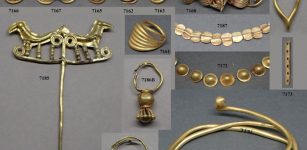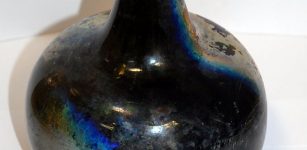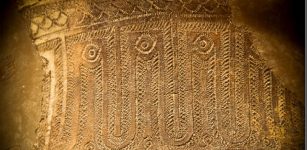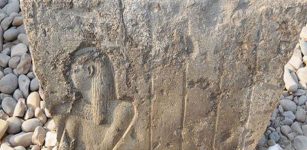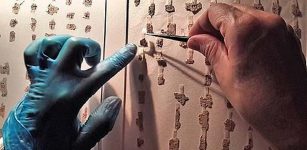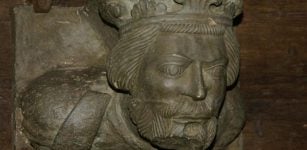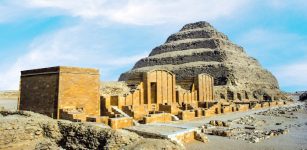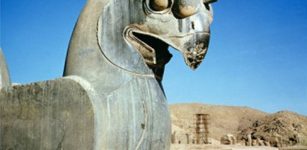Thousands Magnificent Jade Artifacts Discovered In Han Dynasty Tombs – China’s Golden Age In New Light
Jan Bartek – MessageToEagle.com – Ancient tombs dating back around 2,000 years to the early days of the Han dynasty have been unearthed during excavation works at the starting point of the Silk Road in northwest China.
This archaeological discovery is important as it sheds new light on the Golden Age of China, a time when the Han Dynasty ruled from 202 B.C. to 220 A.D.

Left: Jade Emperor. Boston: Museum of Fine Arts. Credit: Public Domain – Right: A print of the Jade Emperor, (aka Yuhuang Shangdi, Yudi and Mr Heaven), the supreme deity in Chinese traditional religion. Credit: OAC Press, Public Domain
Ever since the most ancient times, jade has been held sacred throughout the world. Jade has been associated with immortality and to people of ancient China and India, jade was a substance reserved above all for the god.
The Jade Emperor was an important and powerful being in Chinese mythology. Known under many different names, the Jade Emperor was the ruler of Heaven and the official patron deity of the Chinese imperial family. Jade has always been considered precious and of deep spiritual meaning. The beautiful green stone has become a symbol of purification, balance, love, and positive energy.
Many modern people hold jade in high regard and people of the past saw jade as a gift from the heavens.
Scientists have now announced a new exciting archaeological discovery that can provide us with even more knowledge about the importance of the Silk Road trade route, the use of jade, and insights into the Han Dynasty’s burial customs.

© Xi’an Institute of Cultural Relics and Archaeology
Archaeologists working at the starting point of the Silk Road in northwest China’s Shaanxi province have found ancient tombs and hundreds of objects dating back to ‘golden age’ in Chinese history. Inside of 27 ancient tombs that were excavated in the provincial capital Xi’an, archaeologists found a large number of objects including ceramic figurines, writes RT World News.
Four of the tombs are very large and experts suggest they are the final resting places of important people of the day
Thousands of pieces of jade clothing were also found.
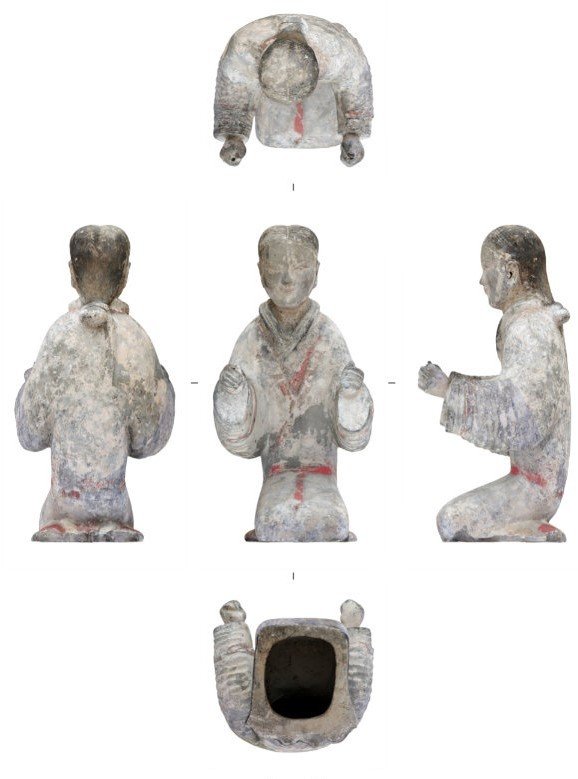
© Xi’an Institute of Cultural Relics and Archaeology
Archaeologists say four of the tombs were larger in size, and they were most likely the final resting places of important people of the day. As Ancient Pages, explained earlier, “during the Han Dynasty (206 BC – 220 CE), members of the imperial family were buried in jade burial suits, according to ancient texts.
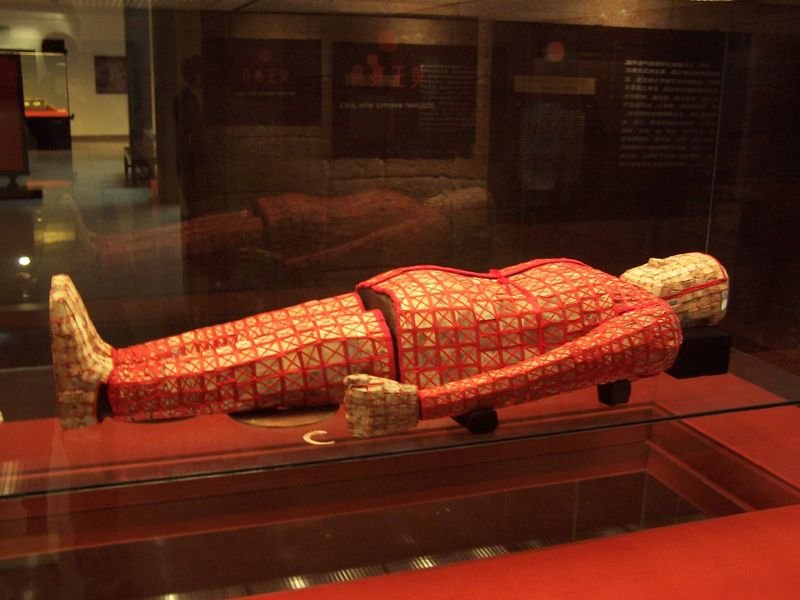
Jade burial suit at the Museum of the Mausoleum of the Nanyue King, in Guangzhou. Credit: Public Domain, CC BY-SA 2.5
Jade was believed to possess magical properties that would protect the body from decay and ward off evil spirits. Attempts to preserve the body reflect the belief that the earthly aspect of the soul continues to dwell in the body after death.
See also: More Archaeology News
First, jade materials transported from far-away places were processed into thousands of small jade pieces of certain shapes and sizes.
Secondly, each jade piece was polished and drilled, with the shapes and sizes of the holes undergoing special scrutiny; thirdly, a lot of specially made gold, silver, or copper threads were used to join the jade pieces.”
Archaeologists find the ceramic figurines of particular interest because Xi’an is also the home of the famous Terracotta Army of China’s first Emperor Qin Shi Huang.
Written by Jan Bartek – MessageToEagle.com – AncientPages.com Staff Writer

